Sony FE 28mm f/2 full frame lens review
Introduction
The Sony FE 28mm f/2 (SEL28F20) is a moderate wide-angle lens for Sony Alpha Full Frame E-Mount A7 series of digital cameras. It has a decently fast f/2 maximum aperture, Sony’s Linear Actuator Autofocus System and is dust and moisture resistant.
This 28mm prime lens features Aspherical and Advanced Aspherical lens elements that help reduce spherical aberration. Multi-coated Extra-low Dispersion glass elements minimize chromatic aberration and reduce ghosting and flare for sharper images with more contrast.
To render a smooth and eye-pleasing out-of-focus area, it also features a circular 9-blade diaphragm.You can also use it on Sony’s APS-C E-mount cameras, where it will perform better due to the crop factor.
On paper at least, this small and lightweight (200gr) full-frame lens seems to pack quite a punch. Let’s see how it performs.
Sharpness, Distortion and Vignetting
To test sharpness, distortion and vignetting, I used four 30X45 cm 400dpi test charts in my studio. The Sony A7r is mounted on a sturdy tripod with two light boxes left and right from the test charts. ISO is at 50; shutter triggered with a remote.
There is a large amount of barrel distortion visible, but this is can be corrected in Lightroom with the lens profile. The processed images do look good, but due to the complex nature of this correction, you’ll never be able to pull a decent amount of detail and contrast from the edges. This correction also makes the lateral CA (fringing near the edges) more visible, something that can be problematic in some images. But then again, with a small and inexpensive lens like this, you shouldn’t expect too much from the corner performance.
Center Sharpness
The center of the image is already very sharp at f/2. You’ll see a slight increase in sharpness up to f/8, but the difference is in most cases negligible. As with most lenses, you’ll notice a loss of sharpness from f/13 due to diffraction. There is some purple fringing visible, but this largely disappears by f/5.6.
- center sharpness at f/2
- center sharpness at f/2,8
- center sharpness at f/4
- center sharpness at f/5,6
- center sharpness at f/8
- center sharpness at f/11
- center sharpness at f/13
- center sharpness at f/16
- center sharpness at f/22
Corner Sharpness
The remarkable sharpness, even at f/2 in the center, is countered by extreme vignetting, distortion and blur in the corners. This is to be expected when you look at the weight and size of this wide angle lens. Things do look a bit better at f/8 though, and when you apply Lightroom’s built-in correction I’d say it is usable for non-discerning amateur photographers who are looking for a low-cost and portable moderate wide-angle lens.
- corner sharpness at f/2
- corner sharpness at f/2,8
- corner sharpness at f/4
- corner sharpness at f/5,6
- corner sharpness at f/8
- corner sharpness at f/11
- corner sharpness at f/13
- corner sharpness at f/16
- corner sharpness at f/22
With corrections applied in Lightroom at f/8
Depth-Of-Field
Thanks to the circular 9-blade diaphragm, the out-of-focus parts of images look quite good. F/2 is a good compromise when you want a decently large focus area when shooting handheld while still retaining a nice Bokeh. I would not hesitate to use this lens for some wide-angle portraiture, especially with the excellent lens correction profile available.
Wide Angle and Fisheye Converter
There is a Wide-angle Sony SEL075UWC and Sony SEL057FEC Fish Eye converter available for the SEL28F20. These change the 28mm lens into a 21mm and 16mm respectively.
Sony FE 21mm wide angle converter (SEL075UWC)
The SEL075UWC is surprisingly lightweight, and the camera still feels well-balanced with the converter attached. If you’re looking for an optimally performing wide-angle landscape lens for the Sony A7 series, this won’t be it, but it might be a worthy addition to complement the 28mm.
You lose some light by attaching the converter, with now a maximum 2.8 aperture. It looks and feels well built, and the attachment system clicks on reassuringly.
Sharpness
Center Sharpness
The FE 16mm wide angle visibly decreases sharpness at f/2.8. By f/4, this added softness almost disappears by f/4, reaching an optimum at the f/8-f/11 range. Diffraction sets in at f/13. As you can see, Purple fringing is clearly visible at wider apertures but is a lot better by f/8.
- Sony FE 21mm center sharpness at f/2.8
- Sony FE 21mm center sharpness at f/4
- Sony FE 21mm center sharpness at f/5.6
- Sony FE 21mm center sharpness at f/8
- Sony FE 21mm center sharpness at f/11
- Sony FE 21mm center sharpness at f/13
- Sony FE 21mm center sharpness at f/16
- Sony FE 21mm center sharpness at f/22
Corner Sharpness
Adding a wide angle converter always affects the edges of the frame most, and this is also the case with the FE 21mm. Lateral chromatic aberrations are clearly visible. Vignetting is heavy and with the added wide angle converter, the barrel distortion worsens. It also affects sharpness, especially wide open at f/2.8. This does get better by f/5.6, and is at an acceptable level by f/8. I would not use the FE 16mm when edge sharpness is important beyond f/11.
- Sony FE 21mm corner sharpness at f/2.8
- Sony FE 21mm corner sharpness at f/4
- Sony FE 21mm corner sharpness at f/5.6
- Sony FE 21mm corner sharpness at f/8
- Sony FE 21mm corner sharpness at f/11
- Sony FE 21mm corner sharpness at f/13
- Sony FE 21mm corner sharpness at f/16
- Sony FE 21mm corner sharpness at f/22
Sony FE 16mm fisheye converter (SEL057FEC)
Fisheye lenses are a fun and creative photography tool. Sony also released the FE 16mm fisheye converter for the FE 28mm f/2. This fisheye is a hefty piece of glass and does add considerable weight to the lens. You’ll also lose some light, making it a maximum f/3.1.
A 16mm full frame isn’t that extreme, so if you carefully straighten your shot and get the horizon half in the frame, little or no curvature is noticeable. Sony also made a profile correction for the fisheye that makes it a de facto 16mm wide angle. Due to the corrections that have to be made, it smears out the edges and makes lateral chromatic aberrations a bit of a disaster. Perhaps not the best use of a full frame camera. But it you use it as a fisheye, you can get some very nice results. This type of lens opens up your creativity, and I have a lot of fun using it for panoramas that I later stitch to a LittlePlantet.
Sharpness or distortion results aren’t really in order for a converter like this. Although I can say that the center of your image remains quite sharp, in line with the results of the FE 21mm wide angle converter.
Conclusion
So is the Sony FE 28mm f/2 worth it? I would say yes, it’s worth every penny. This works both ways though, as if you want better performance you’ll need to look into buying a more expensive lens. The wide angle offerings for the Sony A7 series is unfortunately still very limited, with only the FE1635Z Zeiss covering the range of this lens with both converters.
There are many positive things to say about the SEL28F20: it’s lightweight, offers excellent sharpness and is also weather- and dust-proof. You do need to be aware of the fact that corner performance lags far behind, and I would never use this lens if that was critical in your type of photography.
Both wide-angle and fisheye converters are interesting additions to the Sony A7 line-up. The SEL075UWC offers a wider field-of-view without compromising center image quality too much, and the SEL075UWC fisheye is lots of fun to shoot with.
I can’t help but wonder why anyone who purchased a Full-Frame camera and would be in the market for a ‘cheap’ prime, but here it is. And it should be noted that Sony’s design team did a great job at making such a lens.

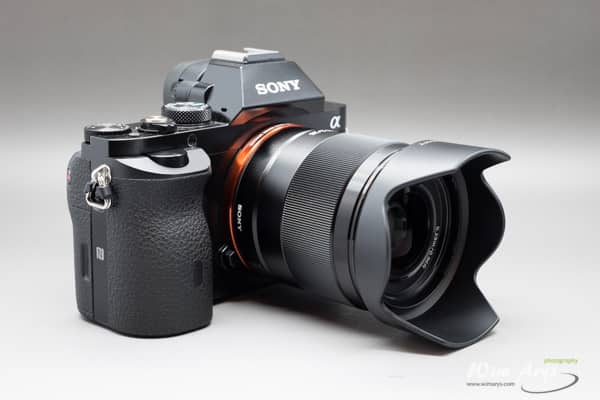
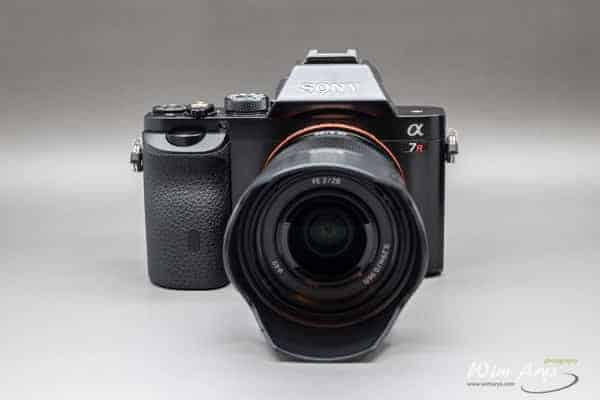
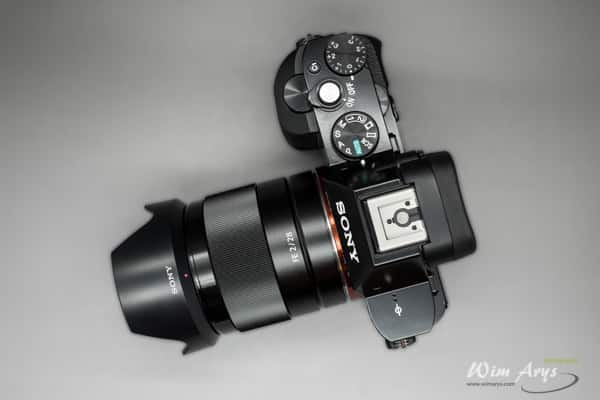
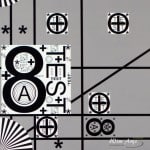
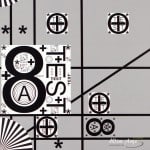
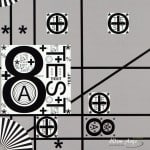
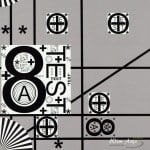
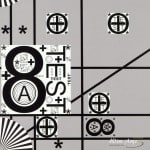
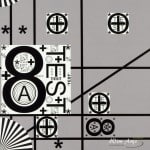
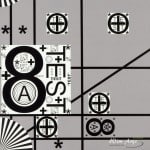
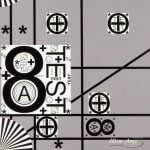
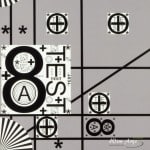
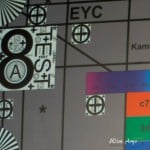
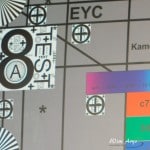
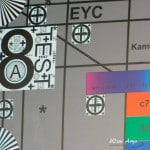
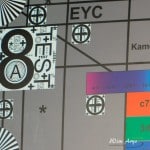
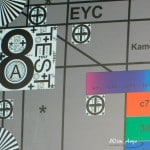
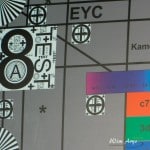
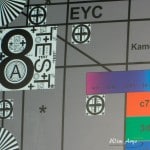
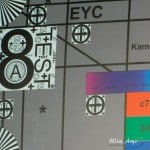
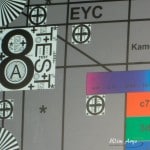

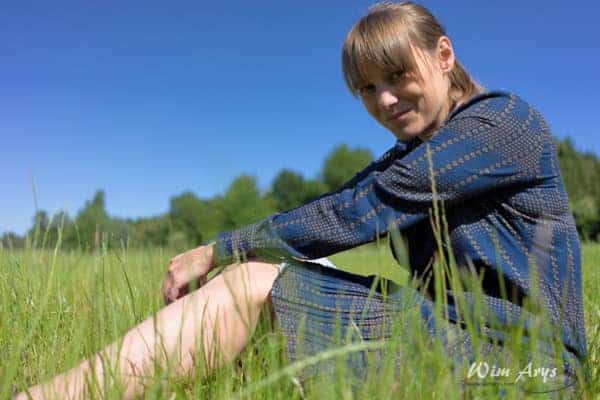
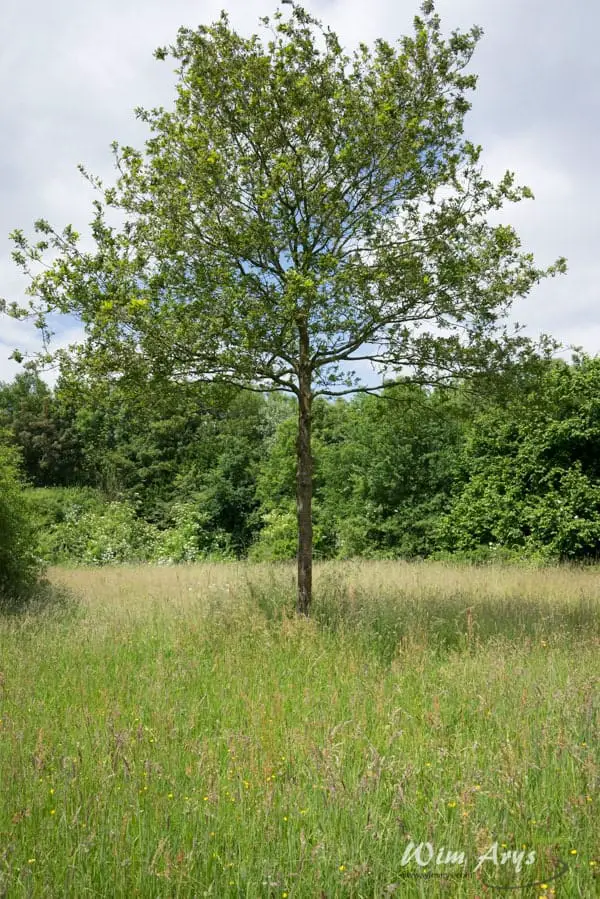
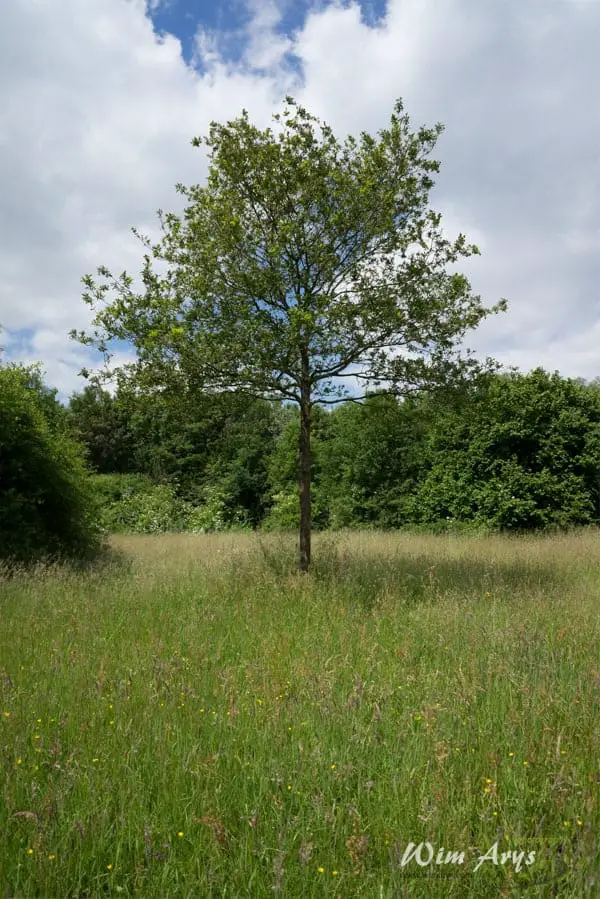
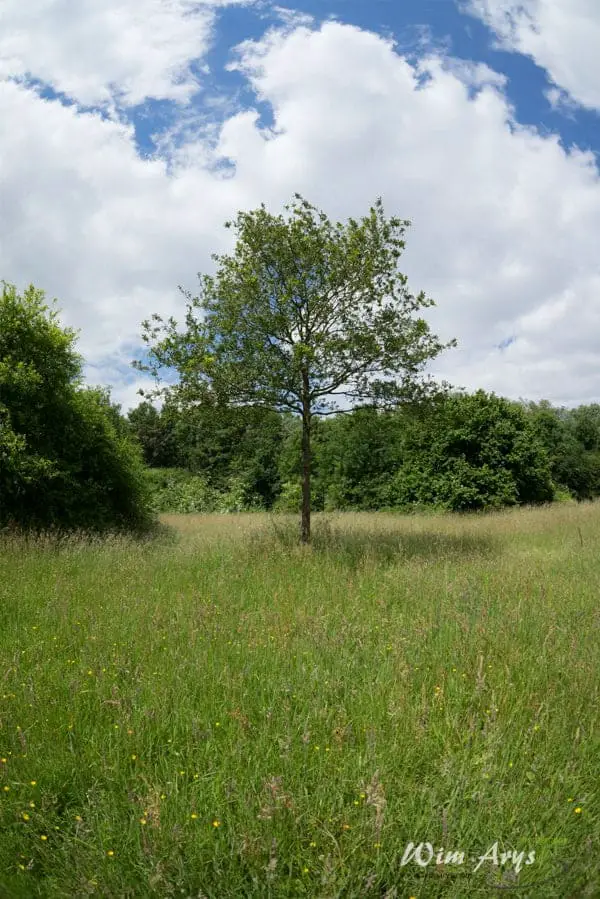
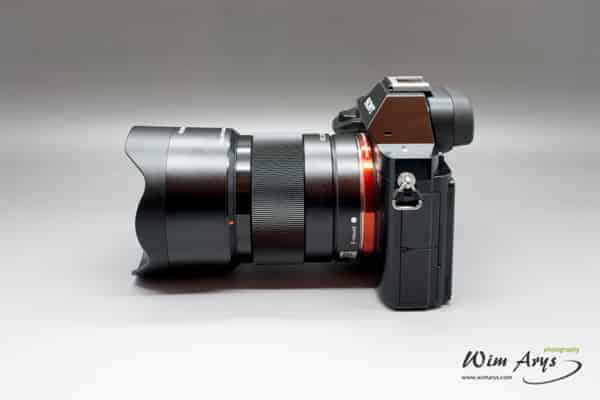
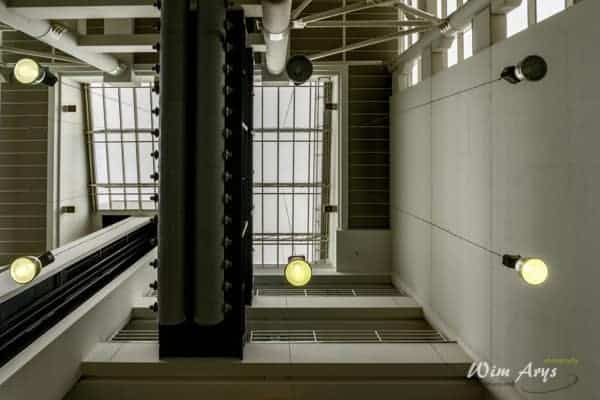


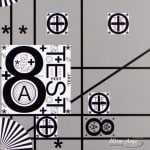
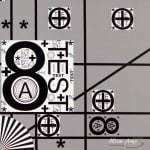
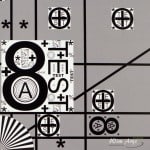
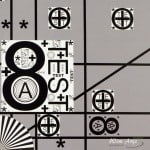
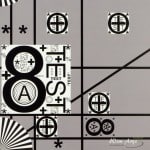
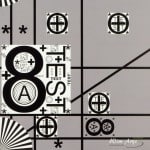
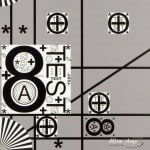
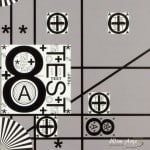
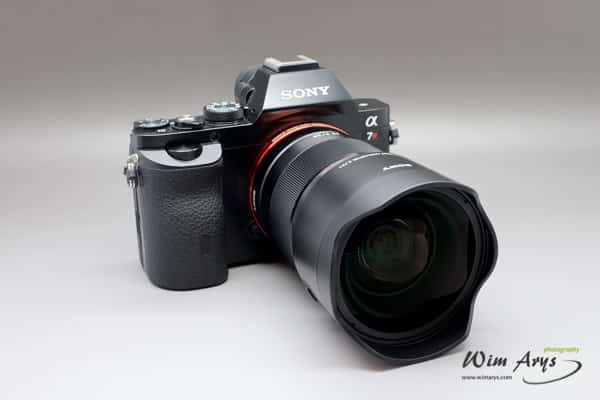
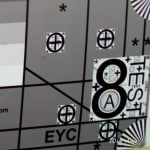
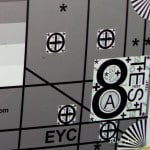
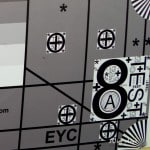
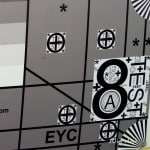
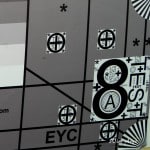
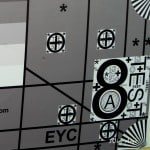
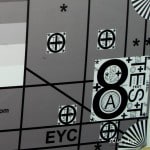
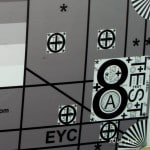
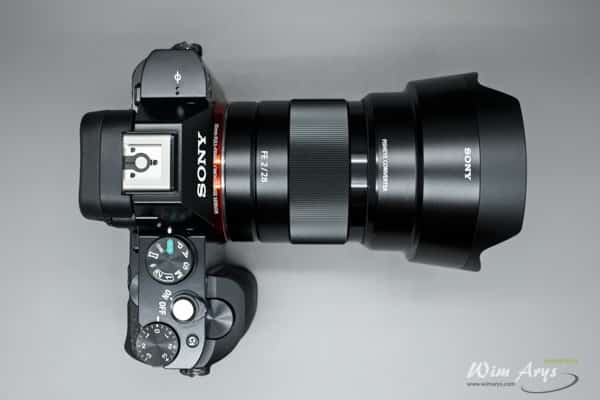
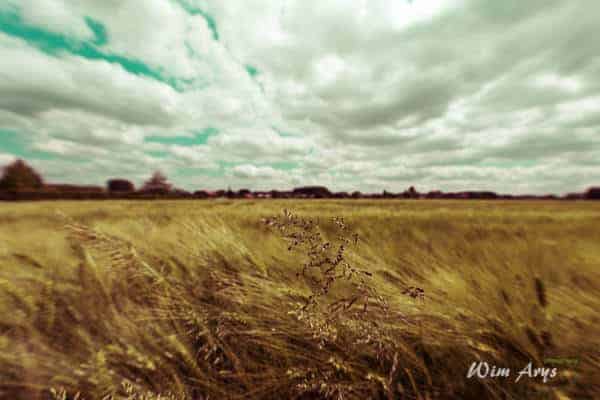
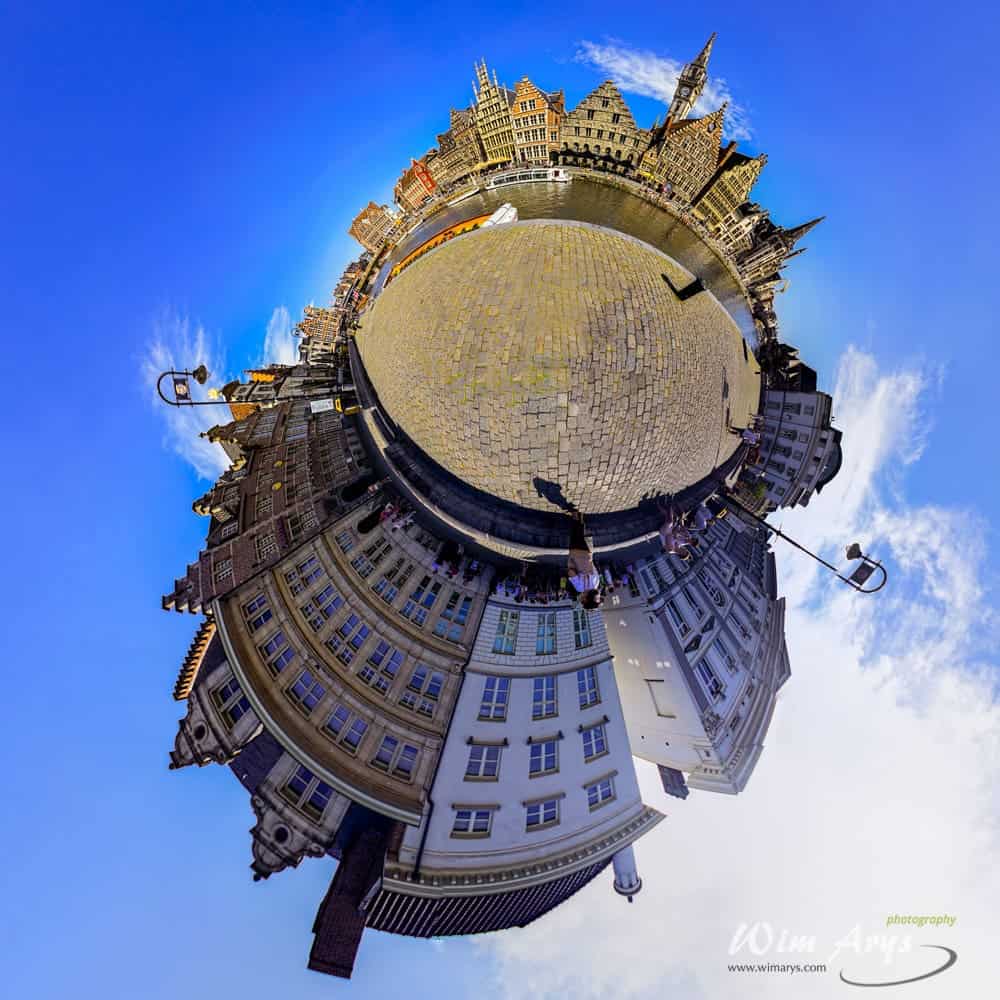
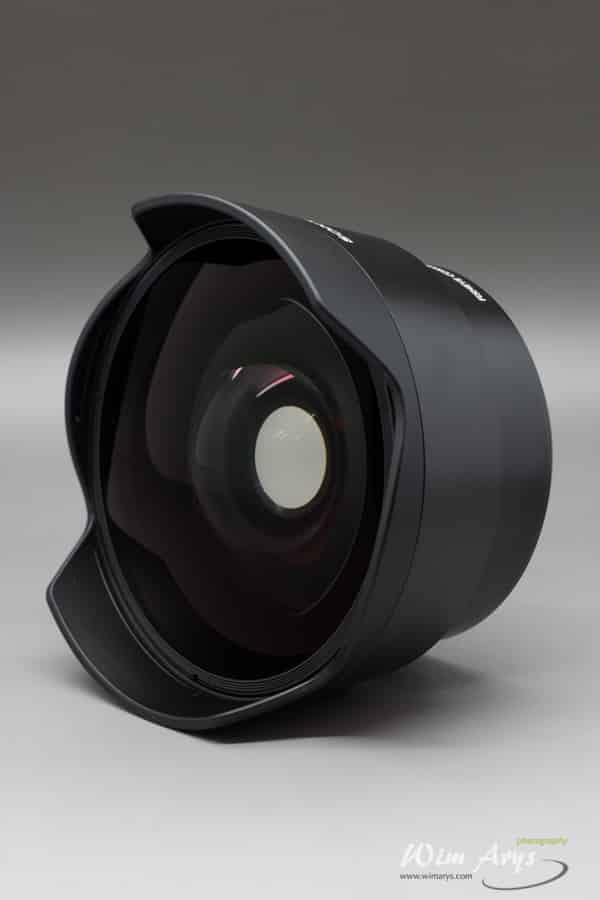
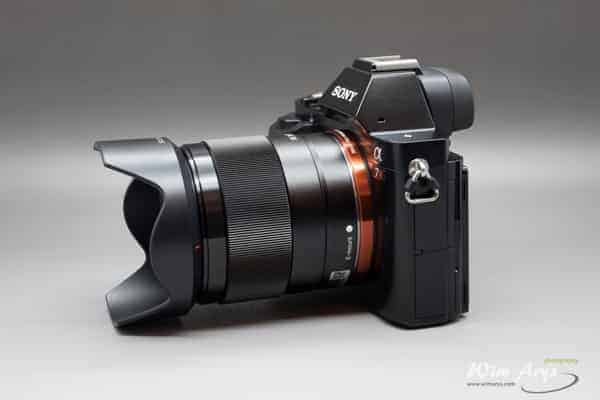
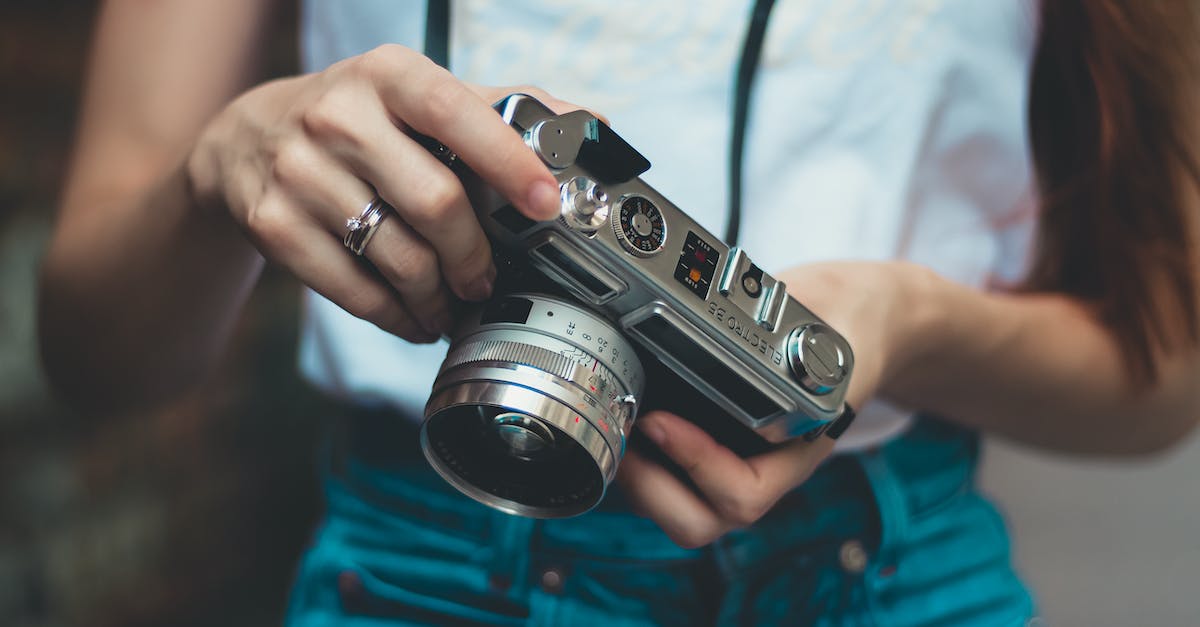
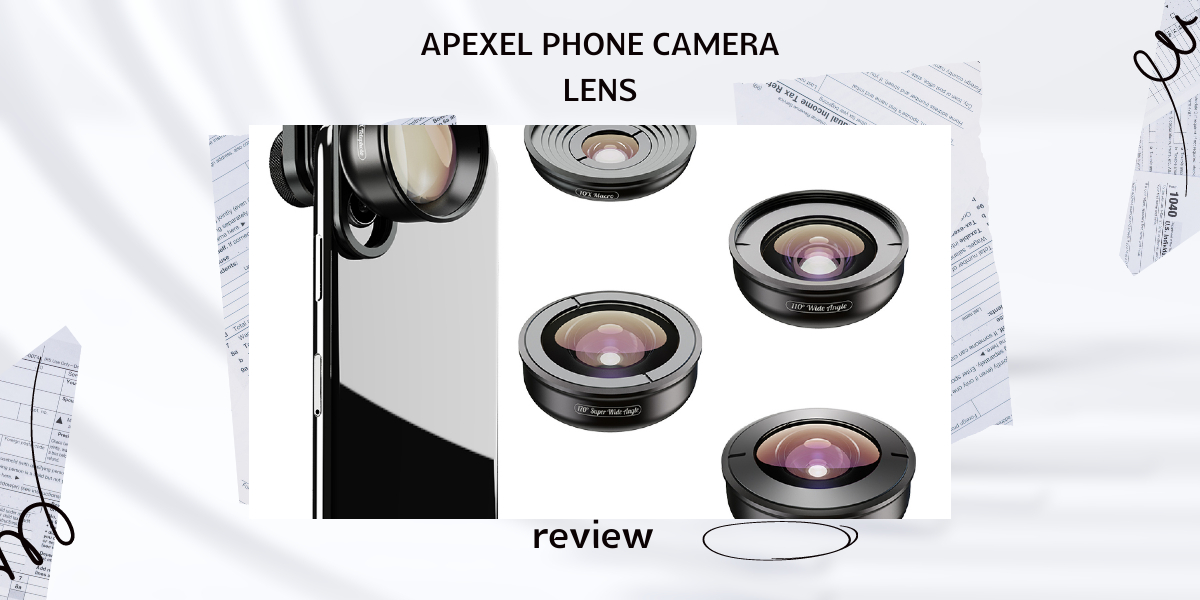
0 Comments